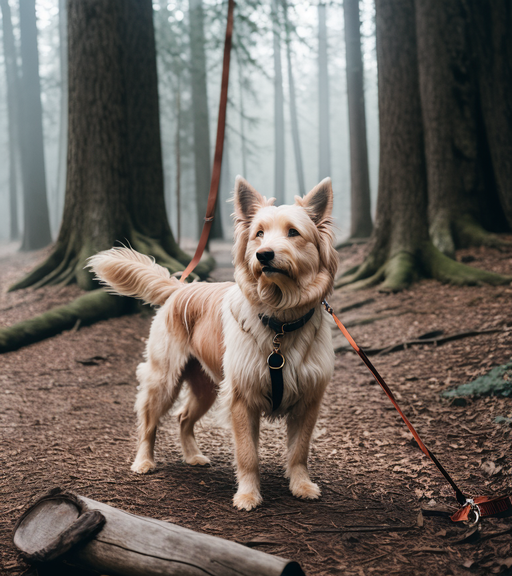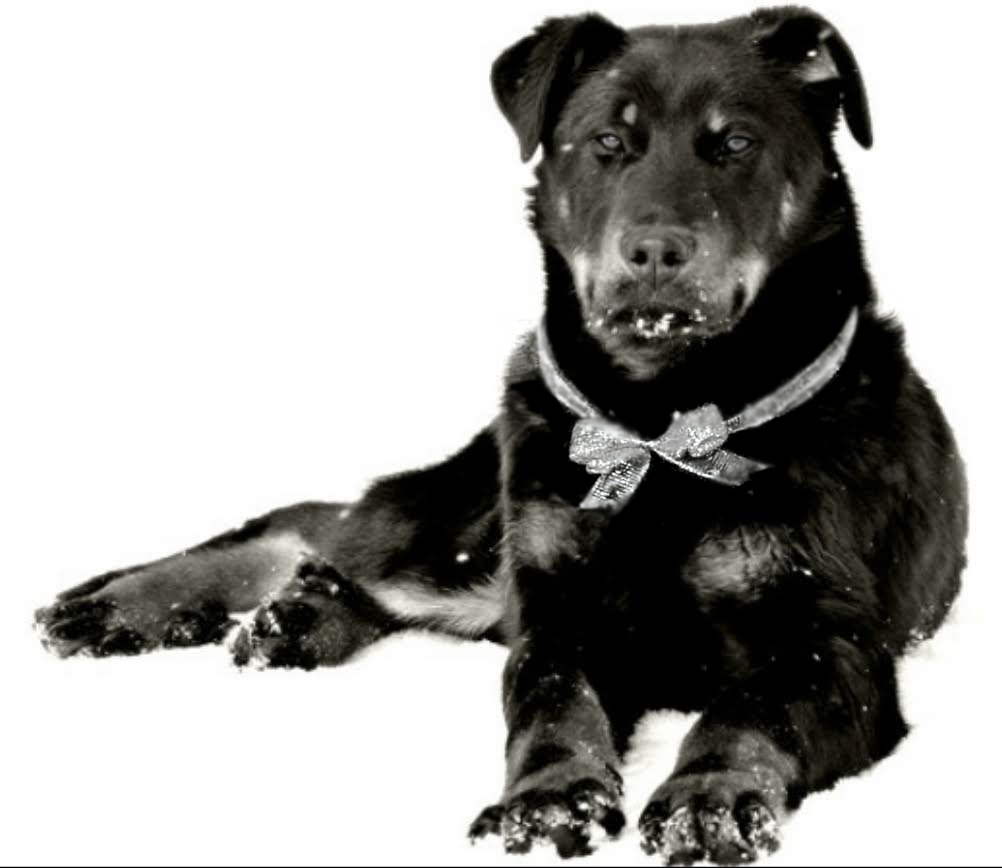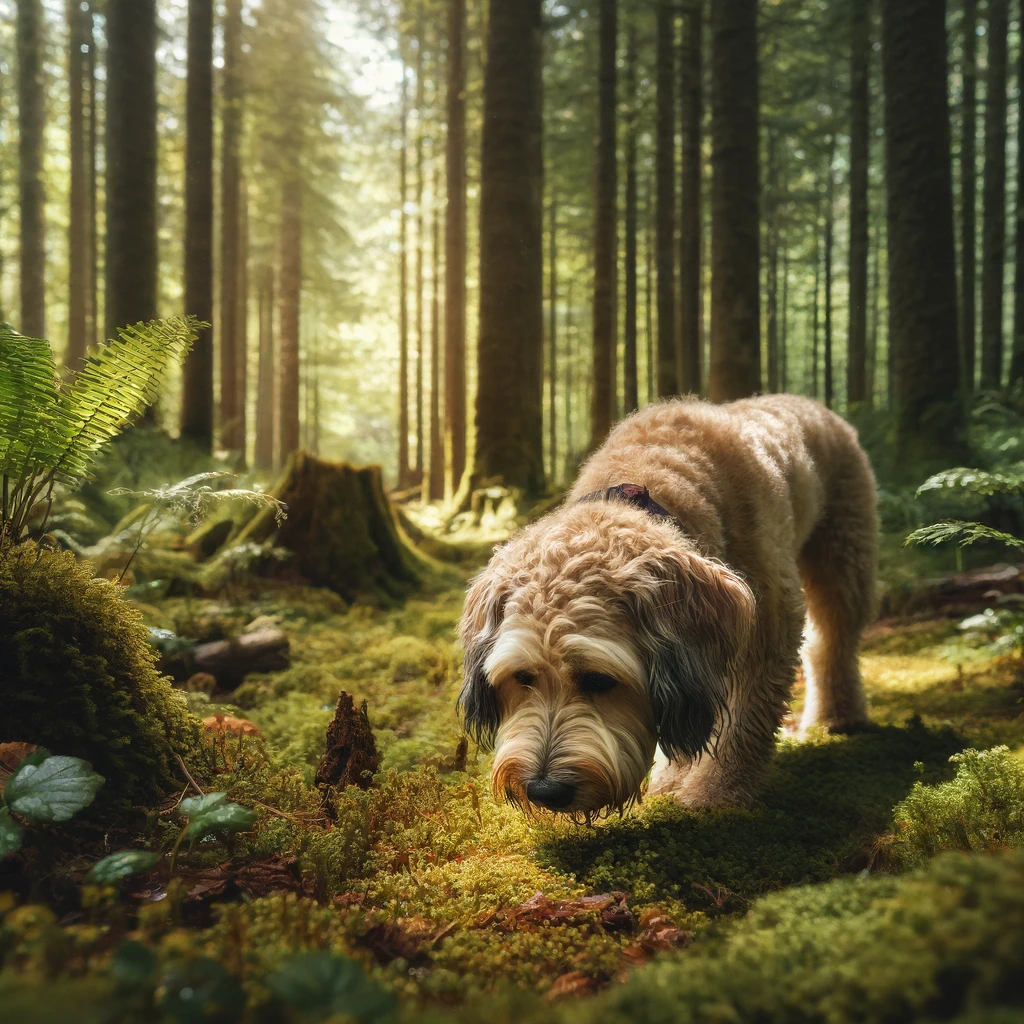Scent detection, whether conducted by trained canines, technology or even human beings, is a complex process that depends heavily on environmental conditions. Variables like wind speed, temperature, humidity, terrain, vegetation, and atmospheric pressure can significantly influence the performance and accuracy of scent detection. This article will explore these variables in more detail, highlighting the nuanced ways in which they impact the art and science of outdoor scent detection.
1. Wind
Wind plays a crucial role in scent detection as it carries scent particles from their source to the detector. The direction and speed of the wind influence the scent’s dispersal pattern. Strong winds can disperse scent particles over vast areas, sometimes making it challenging to locate the source. Wind can also elevate or ground scent molecules, impacting their accessibility to a scent detector.
2. Temperature
Temperature impacts scent detection in two primary ways: by affecting the volatilization of scent particles and by influencing air density. High temperatures cause substances to emit more scent particles, improving scent detection. However, warmer air is less dense, which might cause scents to rise and become less detectable at ground level. During the cooler hours, scents are more likely to remain closer to the ground, enhancing detection by low-to-the-ground scent detectors.
3. Humidity
Humidity affects the hydration state of scent particles, which impacts their weight, size, and how far and fast they can travel. High humidity levels can enhance the scent detection as moisture tends to bind and carry scent particles, making them denser and easier to detect. However, extremely high humidity may also dilute the scent, making it less detectable.
4. Terrain
The topography of an area significantly influences scent movement and availability. Scent molecules can pool in low-lying areas, like valleys and ditches, making these areas hotspots for scent detection. On the other hand, high ground and exposed areas can disperse scent particles, making the detection process more challenging.
5. Vegetation
Vegetation can both obstruct and trap scent particles. Thick vegetation might restrict the flow of air, limiting scent dispersal. However, certain types of vegetation can also absorb and later release scent particles, acting as a reservoir of scent. This effect may either aid or hinder scent detection, depending on the timing and specifics of the search.
6. Atmospheric Pressure
Changes in atmospheric pressure, often accompanying weather changes, can impact scent dispersion and detection. Low-pressure systems typically precede stormy weather and can cause scent particles to rise into the atmosphere. On the contrary, high-pressure systems often result in stable weather conditions and cause scent particles to remain closer to the ground, facilitating easier scent detection.
7. Rain and Snow
Precipitation affects scent in various ways. Rain, for example, can wash away or dilute scent particles, making detection more difficult. However, rain can also cause scent particles to be grounded, making them more detectable in the immediate post-rain period. Snow can act as a cover, preserving scents and then releasing them during a thaw.
Understanding these environmental variables is critical for maximizing the effectiveness of scent detection, be it for search and rescue missions, police investigations, or wildlife tracking. By manipulating or accommodating these variables, scent detection can be refined and improved to serve its respective purposes better. Thus, integrating knowledge of these variables into scent detection practices can significantly contribute to their success.



